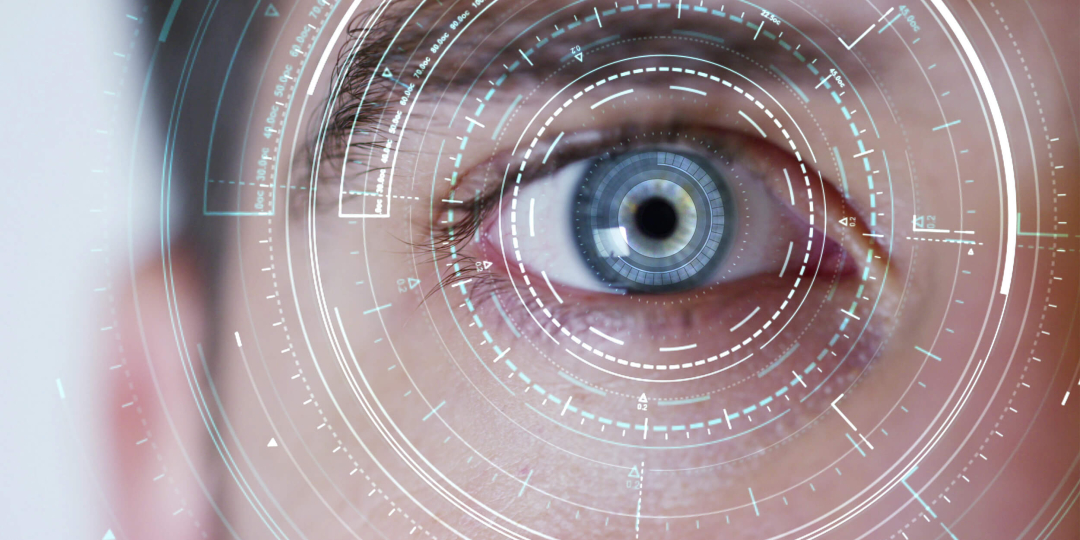The use of biometric security systems in airports is advancing across the globe.
According to the website Biometric Update, which focuses on the global biometrics market, South Africa is among the countries planning to implement the technology, along with Singapore, UK, US and Brazil. The website says Acsa is considering investing R100 million (US$6,2 million) to become among the first African organisations to introduce digital ID verification technology for air travel.
Acsa CIO and Chairperson of the Public Sector ICT Forum, Mthoko Mncwabe, was reported in ITWeb saying that Acsa would invest R100m in biometrics related to air travel, hoping that it would be the first company among South African airports to make use of facial recognition in the on-boarding of passengers.
Earlier this month, at a forum held in conjunction with ITWeb Brainstorm and ICT solutions provider BCX, Mncwabe said: “The technology will be based on digital identity tokens to allow airport customers to enter the airport and automatically go through all the necessary processes without having to spend time on constantly presenting their flight and ID documents.”
Houston Airport in the US is planning to use biometric tech for agent-free, document-free passenger journeys. Changi Airport in Singapore has started enrolling the new iris and facial biometrics verification systems so passengers at the airport will no longer need a physical passport.
Integrated Defense and Security Solutions (IDSS) will partner with UK-based AGS Airports, Pangiam and Google Cloud to create a new checkpoint screening environment. Following a trial in Glasgow, IDSS will then complete the roll-out to AGS’s three airports, Aberdeen, Glasgow and Southampton.
According to a report by Axios, a study by Delaware North showed that 64% of airports globally planned to roll out self-boarding gates using biometrics and ID documentation by 2023, three times as many as in 2020.
Imageware reports that four types of biometric technologies are used in airports at present.
1. Facial Recognition Systems, which identify and store facial features. This type of system is contactless, more secure and easy to integrate.
2. Fingerprint Recognition Systems, these are able to automatically identify a person based on their stored and live fingerprint.
3. The Iris Recognition System uses infrared light to take a high contrast image of the person’s iris. This system is also contactless and considered to be the most accurate in identifying an individual.
4. Palm Recognition System uses a scanning device that processes data from a digital photo of an individual’s hand and compares it to the stored biometric template in the database.
As of January 2022, a biometric system was already being developed for the Department of Home Affairs. The biometric-based digital identity system, NIS, is expected to be in place by March 2024.
















